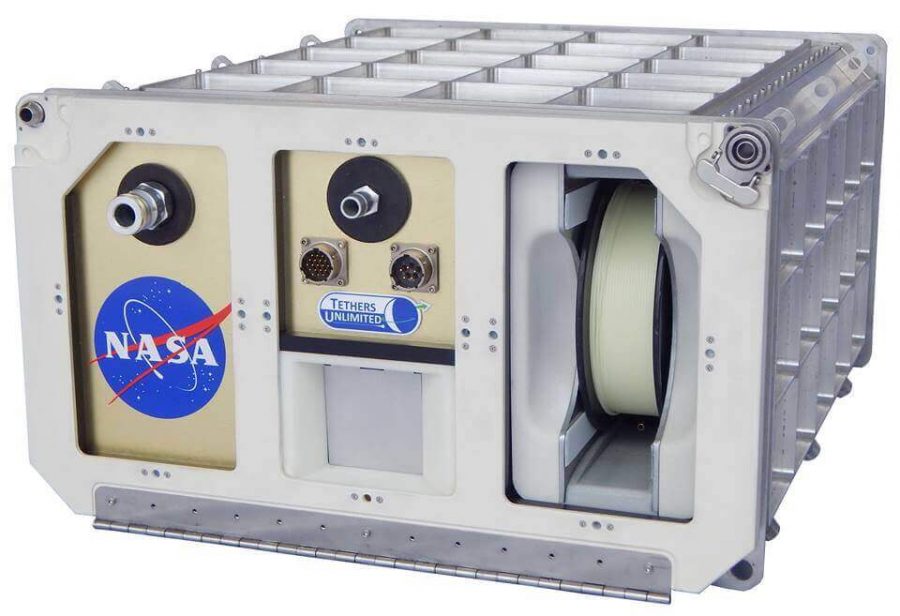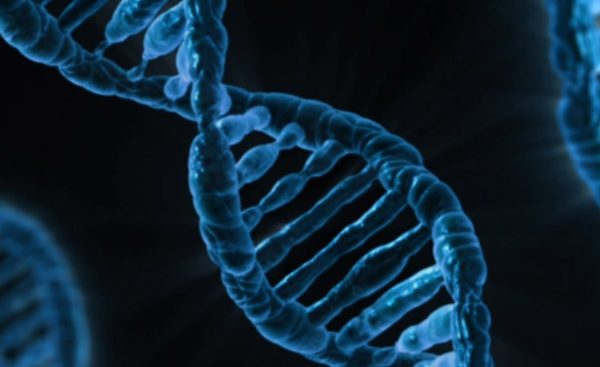Refabricating the Future
Courtesy of Tethers Unlimited, Inc.
The Refabricator combines recycling and 3D printing into one machine.
For centuries, humans have been accustomed to pushing beyond all boundaries to discover something new. The latest invention? The Refabricator! Recycling and 3D printing combine in this stellar machine built by the International Space Station. Since a single pound of ‘stuff’ costs roughly $10,000 to fly to space, NASA finds it difficult to be prepared and simultaneously stay in budget. The Refabricator, however, will help tackle this issue. Resembling a mini-fridge, the Refabricator is able to take a plastic component and melt it to form a new component.
While its destination is the ISS, NASA hopes to send it even farther, particularly the Moon and Mars. However, in-space manufacturer Niki Werkheiser explains new supplies would take weeks to reach the Moon. This is, however, immense progress as compared to past models.
In 1999, NASA released a 3D printer on the “so-called” “Vomit Comet,” testing how the process would react to gravity changes. However, patents covering 3D printing made technology use much more difficult. In 2014, the space station received its first 3D printer that was able to print both for NASA and customers on Earth. The only downside? Both machines had to be fed fresh plastic, destroying the essential idea. Plastic recycling typically crushes the material into a powder, and then uses a different machine to turn it into a new plastic.
However, in space, the absence of gravity makes powder of any kind extremely dangerous to astronauts. Instead, the Refabricator melts the plastic into a new base material called filament, which is then molded into a new component. Filament can be used multiple times, and does not need to be diluted by non-recycled plastic.
The Refabricator is almost entirely sovereign, meaning it can be run from Earth, and relies on astronauts exclusively in taking new products from the machine.
Generally, different types of plastic must be sorted prior to actually being recycled. Fortunately, the Refabricator simplifies things, and uses one type of plastic, called Ultem, which is discernibly sturdy. However, NASA’s next goal is to incorporate a type of plastic called HDEP, which can be used for medical purposes. Werkheiser proposes another project called FabLab, short for fabrication laboratory, which will be able to mix plastics with metals, which would be extremely useful for astronauts since over a quarter of issues on the space station require electrical components.
Werkheiser points out that the Refabricator is useful on Earth as well. She explains that the Department of Defense is following NASA’s lead, since they work in small spaces with limited skills and materials as well. Rachel Muhlbauer, lead researcher at Tethers Unlimited, describes that “all those things that we are designing to make it perform on station in a safe way only makes it safer on the ground.”
With advancements in materials technology, the possibilites of various filaments, scientists and researchers are one step closer to exploring worlds beyond our own. The Refabricator attributes have universal aspects, progressing the scientific world to a galaxy far, far away.






